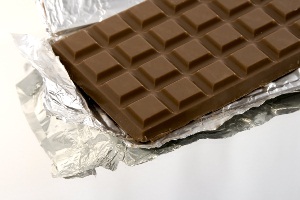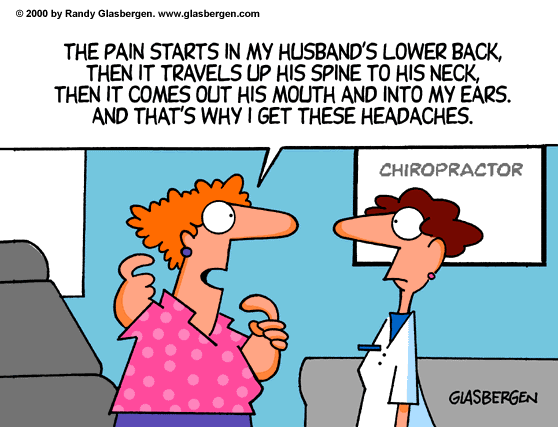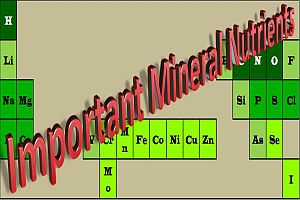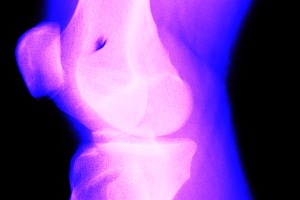Top 10 Stretches for All-Around Flexibility
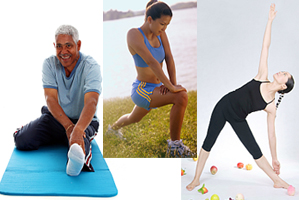 Stretching is important to maintaining flexibility. If you study animals such as cats and dogs, you will notice that they stretch on a frequent basis to keep their muscles supple and limber. Stretching helps to maintain a good range of motion and can help prevent you from muscle injuries such as sprains and strains. Following are our top 10 stretches for all-around flexibility.
Stretching is important to maintaining flexibility. If you study animals such as cats and dogs, you will notice that they stretch on a frequent basis to keep their muscles supple and limber. Stretching helps to maintain a good range of motion and can help prevent you from muscle injuries such as sprains and strains. Following are our top 10 stretches for all-around flexibility.
1. Knee-to-chest stretch – While lying on your back with your knees bent and feet flat on the floor, bring one knee up to your chest and hold it there with your hands. Repeat with the other leg. This stretches the muscles in your lower back, relieving tension.
2. Piriformis stretch – Again, lying on your back with knees bent and feet flat on the floor, bring your outer left ankle to rest on your right knee. Then slowly pull the right knee in toward the chest with your hands clasped behind your lower right thigh. Repeat with the other leg. This stretches the outer thigh and buttock muscles.
3. Hamstring stretch – Lying on your back with your legs stretched out in front of you, lift one leg off the floor while holding the back of your thigh with clasped hands, keeping the leg slightly bent at the knee. Pull until your leg is at a 90° angle with your body. Repeat on other side.
4. Side stretch – Standing with feet shoulder-width apart, stretch your left arm over your head and slowly bend over to the right until you feel the stretch in your left side that should extend from your left hip all the way to your wrist. Repeat on the other side. This improves mobility in your rib cage and improves overall flexibility.
5. Overhead triceps stretch – Raise both arms above your head with elbows bent and hands just touching your upper back. With your left hand, pull your right elbow back until you feel the stretch in the back of your right arm. Repeat on the other side.
6. Chest and biceps stretch – Standing next to a wall, raise your bent arm to shoulder height and place your forearm flat against the wall. Slowly turn your body away from the wall while keeping your forearm stationary, until you feel the stretch in your chest and upper arm. Repeat on the other side.
7. Calf stretch – Standing about two feet from a wall, place your hands against the wall and extend one leg back, putting your heel flat on the floor and bending your other leg. Repeat with other leg.
8. Quadriceps stretch – While standing, bend one leg back at the knee, then grab and hold your ankle, with your foot pulled as close to the back of the thigh as possible. You can grasp a chair or use the wall for balance, if necessary.
9. Hip stretch – Making sure that your knee is adequately cushioned, go down on one knee, with your other leg in front of you bent at a 90° angle. Push slightly forward with your hips, which stretches the hip flexors. Be sure to keep the forward knee above your ankle.
10. Lateral stretch – While grasping a pole or other secure stationary object with both hands at about waist height, bend your knees and lean back until your weight is supported by your arms. This will stretch your upper back and shoulders.
For best results, these stretches should be performed when your body is warm. If you just want to stretch without having exercised first, experts suggest that you at least warm up for 10 or 15 minutes first to avoid the risk of injury. Hold each stretch for 30 to 60 seconds. Ease in and out of stretches slowly and breathe normally throughout your stretching routine. Be sure not to bounce as you stretch, as it can cause small tears to your muscles.



